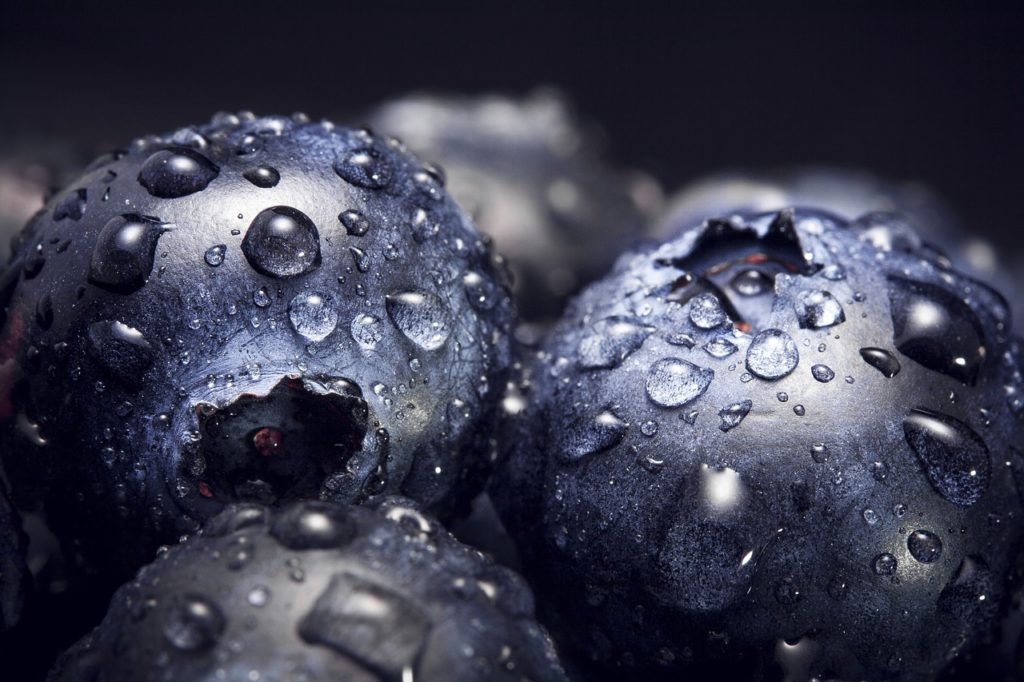All fields are required
Posted in Food Safety on July 10, 2018

Scrub-a-dub-dub, there’s pathogens in your grub… and this is why washing your fruits and vegetables is more than a suggestion. It is a downright necessity.
That juicy peach ripe for the picking is also host to harmful bacteria. That’s because during the growth process its been exposed to a bevy of pathogens in soil and water. Once it makes it to the market, the public has poked and prodded at it with grimy fingers. It’s not just peaches either, all fruits and vegetables need a good cleaning before you take the first delicious bite.
The recent E. Coli and Salmonella outbreaks have raised many concerns and extra awareness to safe food handling. It’s a positive to the romaine lettuce mishaps, even though washing procedures won’t protect you from E. Coli. Some studies suggest that commercial produce washes are similar, and sometimes less effective, than rinsing with running water. Sorry, it’s the sad truth. That doesn’t mean it’s a frivolous venture, though. Rinsing precautions can protect you from many other common foodborne illnesses, so you can pass on symptoms like: fevers, nausea, and vomiting. With pool-weather circling, I’d rather not go bed-ridden for lack of produce-rinsing efforts. I imagine you feel the same.
With that in mind, let’s talk about the proper way to wash produce. For those of you who think, “But, I’m not eating the skin,” I’ve got two words for you: Cross-Contamination. With every set of the peeling knife, you are creating a pathway for bacteria and pesticides. Even if you are buying organic for reduced pesticide exposure, there could be contamination from neighboring farms. So, let’s consider this an across-the-board recommendation, no matter how you plan on feasting.
Rule 1: Wash your hands with hot water and soap before you get grabby.
Your hands carry all sorts of nasty bacteria (ahem, staphylococcus). Think of all the places you touch in a day, from door-handles to self-checkout stands at grocery stores. Would you lick a stranger’s hand? Probably not, so why contaminate your produce with the general public.
Rule 2: Keep it up with the hot, soapy, water and scrub down those surfaces and utensils.
The skin of your produce can be contaminated by dirty surfaces, and as I’ve mentioned before, will transfer to the part you are about to eat. Not only do surfaces become contaminated by you and your guests, previous food residue can grow a militia of things you don’t want in your body.
Rule 3: Step away from the soap and detergents to wash your produce.
This is where specifics come into play. Running water is your friend for most situations, but for certain produce a cold bath comes first.
Produce with thick skin, such as potatoes, spaghetti squash, and cucumbers:
Under cold running water, thoroughly scrub the outsides skins with a produce brush to remove dirt and pesticides. Oh, and please make sure you’re keeping up on cleaning your scrub brush.
Produce with nooks and hard to reach places:
Start with a one to two-minute soak in cold water, then rinse under running water while scrubbing for 30 seconds.
Produce with soft skin, like raspberries and grapes:
Never soak these puppies in water. Be a bit gentle by placing them inside a colander and spraying with cold water.
Produce with outer layers such as lettuce and cabbage:
Remove leaves from outer layer and discard, now rinse the rest with cold running water for 30 seconds. To go the extra mile, after tossing out the outer layer, separate the remaining leaves and soak for one to two-minutes in cold water. After this rinse and dump, or use a colander and rinse, for a few repetitions to dilute pesticides and soil residues.
Rule 4: Dry, dry, dry.
Dry your produce with a clean towel or paper towel to remove the last bits of residue.
Do commercial fruit and vegetable rinses/washes actually work?
Many companies market chemical rinses, sprays, and other treatments (called fruit and vegetable washes) to wash raw fruits and vegetables. Marketers advertise that these produces are the best ways to keep fresh fruits and vegetables clean and safe for eating.
But are these washes effective? Do they actually work? Are they really any better than your sink’s running water?
The University of Maine took a deep look into this very subject. They conducted their own experiments or sorts to find out what all of the fuss was all about, and if the marketing promises are indeed fact or just more fiction to sell products. Their findings were as follows:
“In the Department of Food Science and Human Nutrition at the University of Maine, researchers tested three commercial wash treatments:
All three products were tested according to product directions. We used low-bush blueberries as the produce. A water wash was also tested, using blueberries soaked in distilled water for one to two minutes. Here are the results:
The same researchers also asked another interesting question, does the type of water you wash your produce in matter, as long as it is clean? Their answer was:
“Why use distilled water? Because distilled or bottled water has been filtered and purified to remove contaminants. NOTE: You can also use very clean cold tap water to clean produce instead of distilled water.”
So, there you have it. Enjoy your produce feasting and remember to keep it clean when thinking about produce. So, wash those berries. Scrub that melon. And chow down, safely.
By: Heaven Bassett, Contributing Writer (Non-Lawyer)